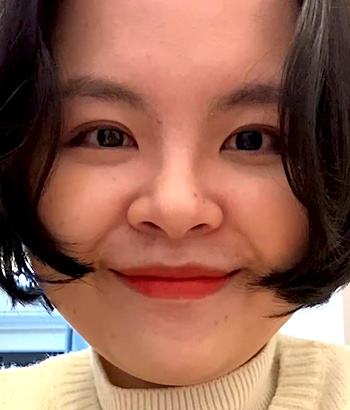
Saving a life
Jiali (
China
 )
)


Saving a life – Jiali’s goosebump moment
“I am Jiali and I come from China. My goosebump moment is when I and my team managed to save a life. Well, it was three years ago when I was working as a flight attendant on a flight, a passenger just collapsed in front of us. It was pretty scary at that time. So, we called the captain to reach out for the Medlink for further instructions. In the meantime, we also paged for doctors and nurses. And also, we conducted the CPR and AED to get him back. Luckily, he made it. It turned out that he was a heart attack patient, but he put his medicines in the check in. But luckily, we have him back. So that is my goosebump moment.”
Details that save lives
The joy of saving lives is immeasurable. We can all find ourselves in the position of having to care for someone who has been involved in an accident, lost consciousness or suffered a heart attack or choking.
First aid, i.e. assistance that is provided immediately until the emergency services arrive, can make a decisive contribution to saving lives. Without a doubt, knowing how to react in an unexpected moment can help save others and in turn give us great satisfaction as human beings.
How to act in an emergency
Every day we experience emergency situations, of greater or lesser severity, in which people’s lives are in danger. From an accident at home to a car accident, we are all, to some extent, susceptible to such situations.
For any emergency, the important thing is to be able to react in a timely and knowledgeable manner to be of real help. Knowledge generates calm and gives awareness of how to act in these extreme situations. But let’s not forget that a first aid maneuver is only a primary care before reaching professional medical assistance, they are the ones who finally evaluate the affected person. Our help plus that of specialized medical personnel can save a life.
Another point to consider is to focus attention in the first minute. We must learn to redirect our attention to that first minute right after the accident, so that the person we have to assist is in the best possible condition.
If we become paralyzed and cannot react, we must at least be able to ask for help or delegate functions. Even so, there are many factors that can influence a person’s reaction, beyond the emergency factor itself. The previous state of the person and his or her vital state, among other conditioning factors, also come into play.
What is first aid?
First aid is the first actions and health measures carried out by non-expert personnel that an injured or sick person will receive, and who will then be attended by health personnel. The first health response that we perform can be vital.
The main purpose of these is to be able to maintain the victim’s vital signs at first, before professional medical help arrives. We must try to minimize the damages, trying to leave the minimum possible after-effects for the injured.
The main task is not only to make the first cures, but also to provide psychological care to the victim and his companions.
A bad practice can be very harmful to the victim and can cause further damage and make the consequences even worse. For this reason, we always say in our trainings that in case of any doubt, do not play the hero.
More about saving a life:

Rate This Goosebump Moment